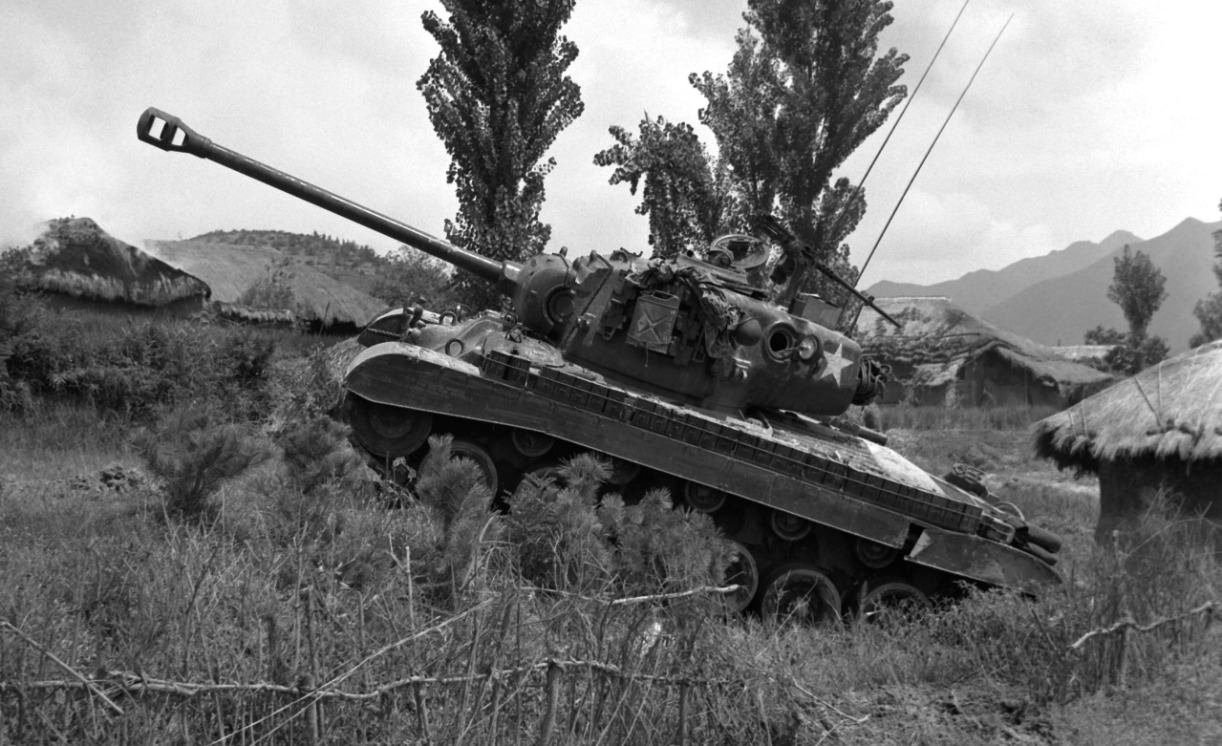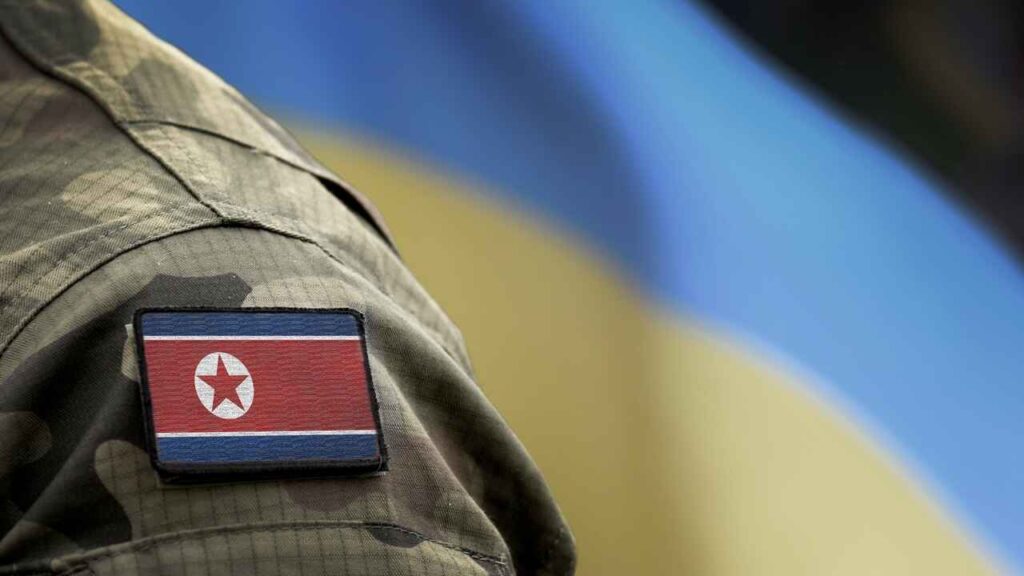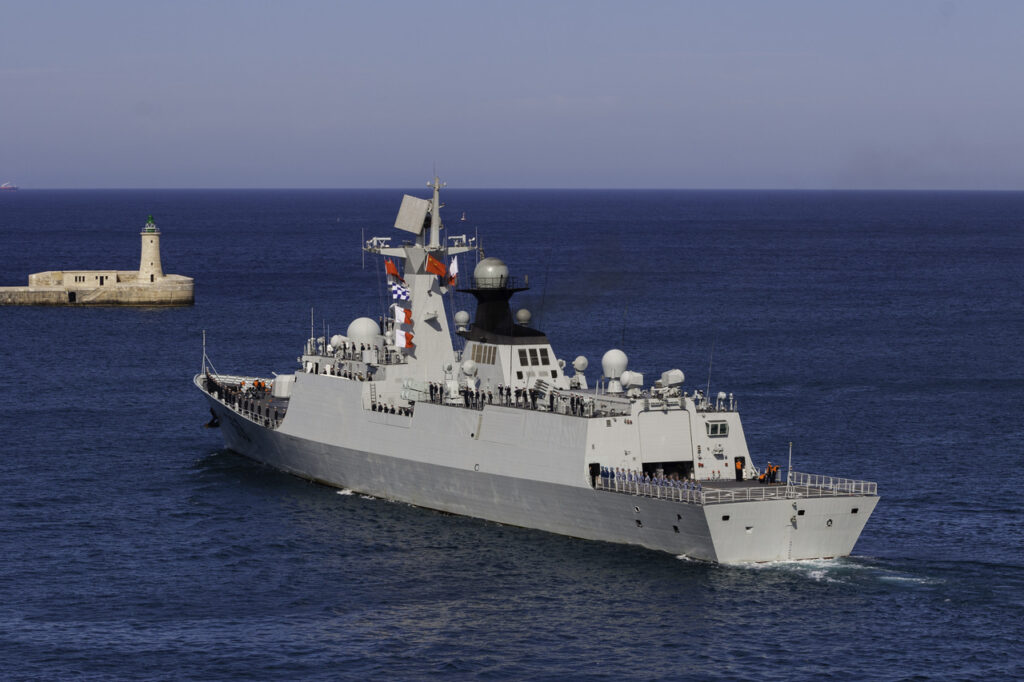
A Few Hundred Meters Cost a High Price: 18,000 Dead at Bloody Ridge
Here’s What You Need to Remember: The Battle of Bloody Ridge had been a fierce, and inhumane struggle, in which even many of the survivors would suffer the psychological effects of the war for decades. The American and Korean side suffered almost 3,000 casualties. The North Korean and Chinese side, however, suffered a hardly-imaginable 15,000.
The Korean War had been raging for more than a year. The U.S. Forces had almost been routed off the peninsula at Pusan, driven the North Koreans to the brink of defeat, then been beaten back by a flood of Chinese “volunteers.” Seoul had suffered through five battles, changing hands four times. Both sides recognized the war could not be won on the battlefield and began seeking an armistice. The bloodiest of the fighting, however, was yet to come.
By the summer of 1951, it was becoming clear that the war was not going to be won by either side on the battlefield. North Korean leader Kim Il-Sung and South Korean leader Syngman Rhee both wanted to outright defeat the other and unify the peninsula by force.
The United States, however, was not willing to support Rhee because they had concluded the cost to defeat North Korea was prohibitively expensive. Moscow and Beijing likewise told Kim they would not support a new, major offensive to win the war. Both sides then began discussing ways to end the war.
After the last Chinese attempt to retake Seoul in April 1951, the communist forces had been driven back about 35 miles to the north, and the battle lines between the two armies stretched across the peninsula, roughly along the 38th parallel.
Both sides chose a similar strategy in trying to get the best terms possible during negotiations for the armistice: fight to possess the most defensible terrain along the 38th parallel and put as much pressure on the other side so as to extract concessions at the negotiating table. A series of three hills between the two armies north of Seoul provided such commanding terrain.
And both sides were willing to pay a high price to win the hills.
The three adjacent hills were known merely by the elevation number printed on the military maps: hills 983, 940, and 773. The Chinese and North Korean communist forces had established strong defensive points along this ridgeline with a heavily fortified and reinforced system of tunnels and bunkers. To drive the enemy off the hills, the joint American-Republic of Korea force (U.S./ROK) planned to send ROK troops to take the hills and then bring additional reserves to hold it.
To prepare for the assault, the Allies conducted a days-long artillery attack in which they inflicted the enemy positions on the hills with such ferocious and intense bombardment that the lush foliage that had covered the hills was instead stripped, literally, bare. It looked like a moon-scape. Surely, many thought, no one could have lived through that many explosions, and the ROK troops would have little trouble taking the main objective, Hill 983.
On August 17, 1951, the Korean troops began their assault. The Chinese and North Koreans had constructed solid fortifications and despite the extraordinary amount of artillery fire they endured, they still fought tenaciously. After eight days of fierce fighting, ROK troops secured the hills—only to lose it the next day to a communist counterattack; the Chinese leaders, especially, were not averse to friendly casualties and did not hesitate to send thousands of more men into the meat grinder.
Having been spent as a fighting force, the ROK troops were unable to mount a new attack to try again, so elements of the U.S. 9th Infantry Division were called into action on August 27. The first attack failed to dislodge the enemy, and another battalion of American infantry launched a fresh assault on Hill 983 the next day. It, too, failed. On 30 August 9, infantry made another furious assault up the front of Hill 940, but withering fire from Chinese troops proved too much to overcome and this assault failed as well.
The overall field commander for the U.S./ROK force (X Corps), Maj. Gen. Clovis Byers, realized a direct frontal assault would not dislodge the enemy, so he ordered the 1st Marine Division and ROK 5th Division troops to capture an important area known as “the Punchbowl” in order to stretch the communist troops to defend a larger area than merely the hilltops.
On August 31, August Byers sent elements of the 23rd, 38th, and 9th Infantry regiments to make a final push up the Bloody Ridge to destroy, capture, or drive off the enemy. The fighting was intense and conducted, in the main, either hand-to-hand or within grenade-range. The U.S. troops would dispatch flamethrower teams to try and destroy enemy machine gun teams in concrete bunkers.
One particular infantry company, Company C of the 9th Infantry Regiment, had eighty-five men when their assault began on 3 September; by the end of the day a mere 35 remained alive. By September the 5, Byers’ men pushed the last of the communists off the Bloody Ridge. There would be no counterattack this time, however, as the enemy commander had ordered his troops to move back 1,500 meters to reestablish a new line of defense against the American-led side. It would herald the next round of fighting in another fierce battle known as “Heartbreak Ridge.”
The Battle of Bloody Ridge had been a fierce, and inhumane struggle, in which even many of the survivors would suffer the psychological effects of the war for decades. The American and Korean side suffered almost 3,000 casualties. The North Korean and Chinese side, however, suffered a hardly-imaginable 15,000.
It was a horrible price to pay for a few hundred meters of terrain, especially when one considers the war had effectively already come to an end and the soldiers were killing and being killed as little more than a backdrop to the negotiations taking place at Kaesong.
Daniel L. Davis is a widely published analyst on national security and foreign policy. He retired as a Lt. Col. after twenty-one years in the U.S. Army, including four combat deployments, and is a Foreign Policy Fellow for Defense Priorities and a member of the Center for Defense Information’s Military Advisory Board. Follow him on Twitter @DanielLDavis1.
This article is being republished due to reader interest.
Image: Wikimedia Commons.


